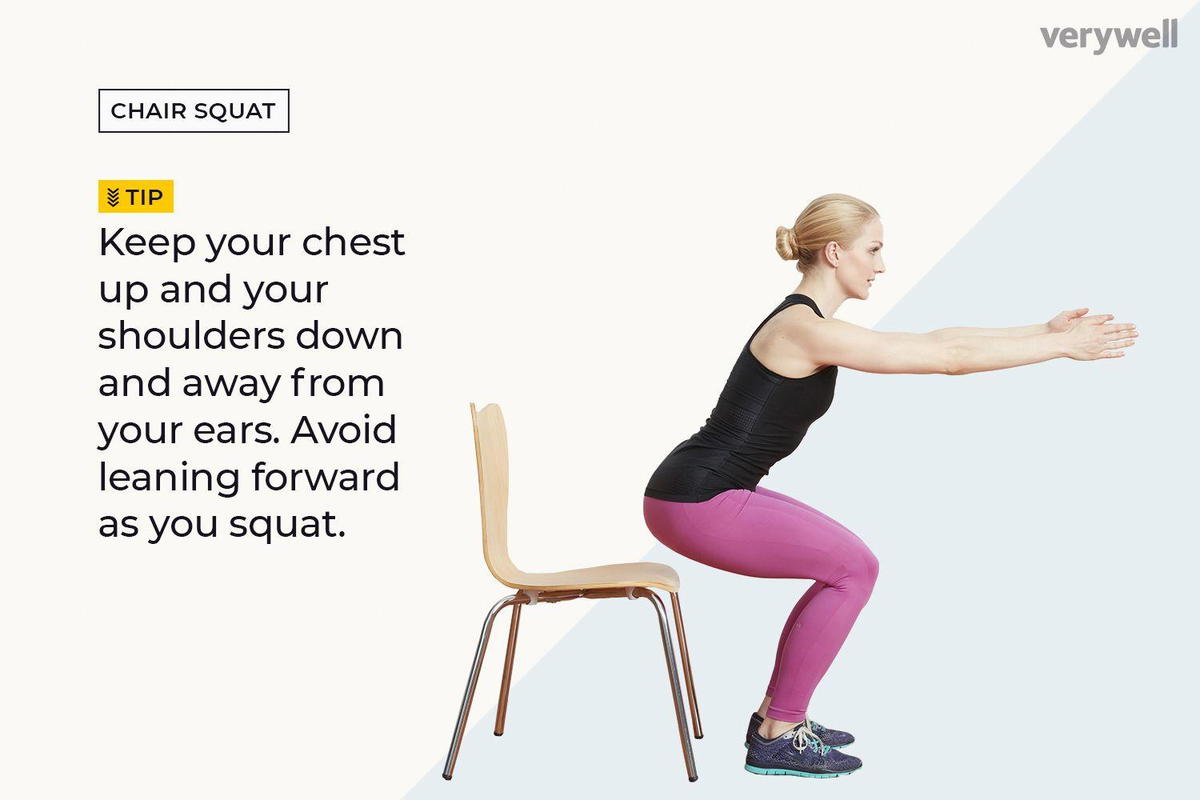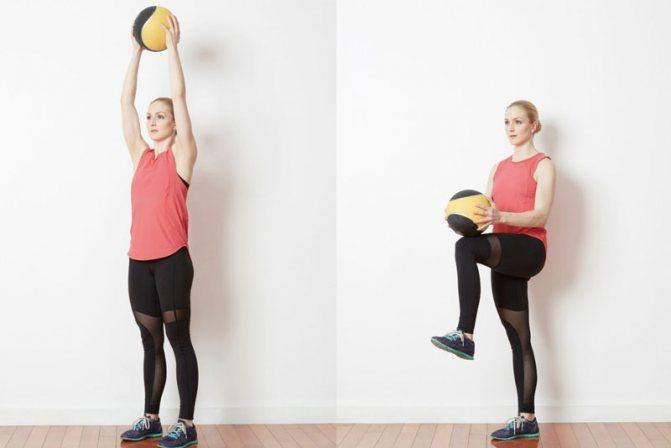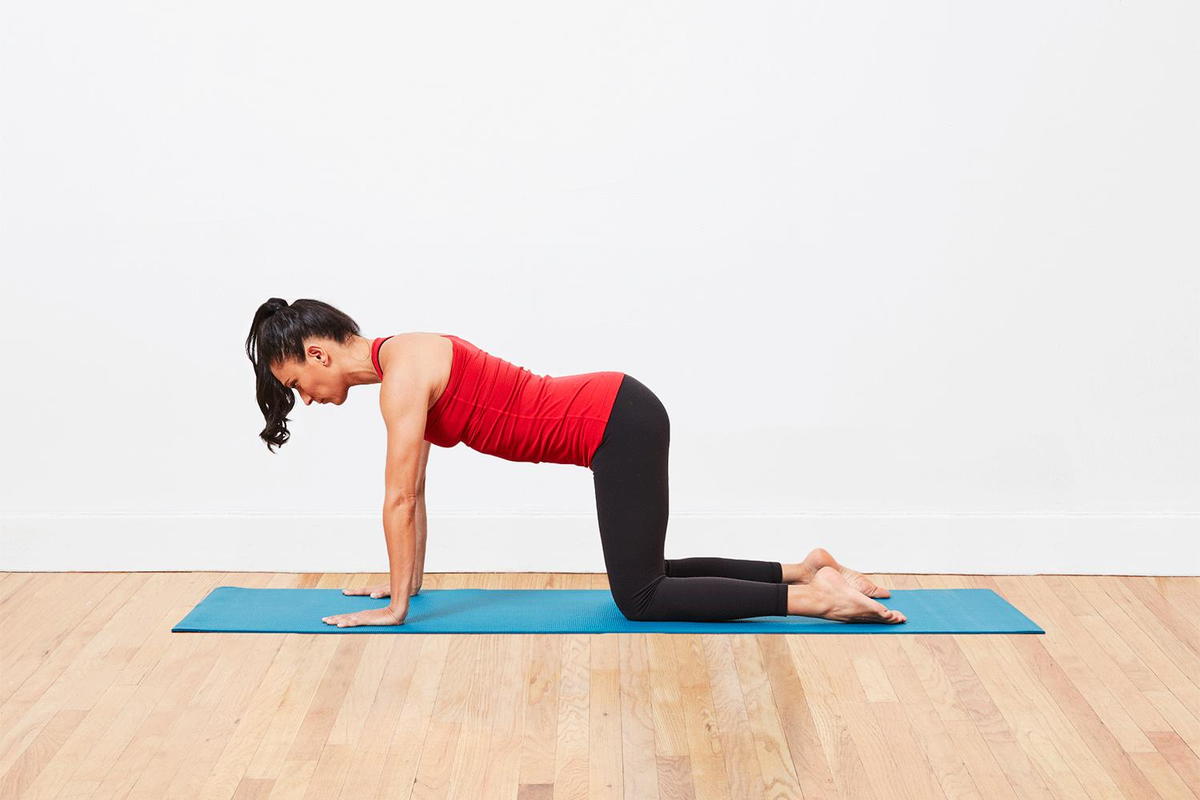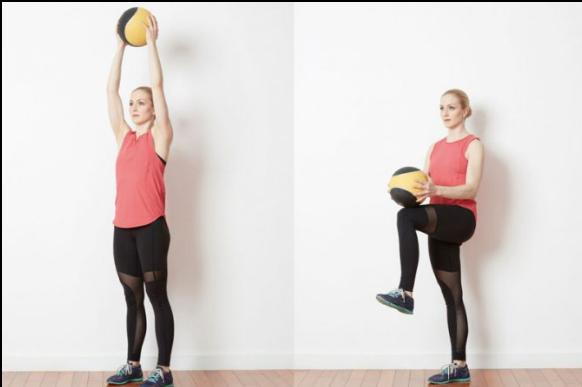STRENGTH LOSS IN AGING ADULTS
For many older adults, growing older seems to involve an inevitable loss of strength, energy, and vigor. The frailty and decreased energy we associate with aging, such as difficulty walking for distances, climbing stairs, or carrying groceries, are largely due to muscle loss. This muscle loss results mainly from inactivity. The old saying is true when it comes to muscle: “Use it or lose it.” Studies at Tufts University have shown that strength training is one of the best ways to fight the weakness and frailty that can come with age. Done regularly, strength training builds bone and muscle and helps to preserve strength, independence, and energy. These exercises are safe and effective for women and men of all ages, including those who are not in perfect health. In fact, people with health concerns—such as arthritis or heart disease—often benefit the most from an exercise program that includes lifting weights a few times each week.
RESEARCH
Studies out of Germany have shown that the less active a person’s lifestyle, the earlier age-related changes will manifest. A reduction in movement capacity and visual and balance skills are foremost among these changes. This occurs due to a reduction in muscle fibers (type 1 and especially type 2 fibers) particularly in the lower extremities, as well as a reduction in spinal motor neurons and/or spinal inhibitions and impairments to mechanical muscle function.
Muscle strength gradually decreases from the 30th year until about the 50th year of life. In the 6th decade of life, an accelerated, non-linear decrease by 15% has been observed, and by the 8th decade, this may be up to 30%.
Additionally, there is a reduction in the quality of intermuscular and intramuscular coordination resulting in functional losses in strength and balance capacity, and increasing gait uncertainties. These result in an increased risk of acute problems due to falls and injuries and chronic recurrent and degenerative illnesses.
Several studies have shown that strength training can counteract age related impairments. The crucial factor in maintaining strength capacity is an increase in muscle mass. Additionally, an increase in muscle activity and frequency during isometric and dynamic muscle work have been observed. The extent of adaptation in elderly people is comparable to that in younger people. Unfortunately, the proportion of elderly population who participate in strength training is currently low (around 10% to 15%).
HEALTH BENEFITS OF STRENGTH TRAINING
Strength training can reduce the signs and symptoms of many diseases and chronic conditions in the following ways:
Arthritis—Reduces pain and stiffness, and increases strength and flexibility. Diabetes—Improves glycemic control.
Osteoporosis—Builds bone density and reduces risk for falls.
Heart disease—Reduces cardiovascular risk by improving lipid profile and overall fitness.
Obesity—Increases metabolism, which helps burn more calories and helps with long-term weight control.
Back pain—Strengthens back and abdominal muscles to reduce stress on the spine.
ADDITIONAL BENEFITS
Strength training, when done with regular aerobic exercise, can also have a major effect on a person’s mental and emotional health. Studies have shown that people who exercise regularly sleep better; they sleep more deeply and longer and awaken less often. Strength training exercises can also reduce depression and boost self-confidence and self esteem, and improve your sense of well-being. In addition, strength training as with any form of exercise has been shown to improve immune function (remember Dr. Eric's newsletters from 2020?)
GETTING STARTED
The key to starting strength training, if you're new to it or it's been a long time, is to gradually ease into lifting weights. Lifting weights can cause soreness, which is normal, but it shouldn't cause too much pain or discomfort. Below are few examples of exercises that focus on building total-body strength with an emphasis on improving balance, stability, and flexibility.
CHAIR SQUATS
A squat is a movement we do all day, getting up and down from chairs, in and out of cars, and more. Practicing this move with good form will help you build strength in the hips, glutes, and thighs. Before long, you’ll find that walking, jogging, and climbing stairs become much easier.
Instructions:
1. Stand in front of a chair with feet about shoulder-width apart.
2. Bend the knees. Send the hips back and the arms straight out in front of you to balance.
3. Sit all the way down. As soon as you make contact with the chair, stand back up.
4. Try to stand up without rocking back or using momentum. Instead, put the weight on your heels and push into the floor to stand up.
5. Perform 10-12 reps.
Modifications:
Easier: Place your hands on your thighs for support, or position your chair next to a rail if you need more support in standing up.
Harder: Hold weights in your hands for added intensity.

KNEE LIFT WITH MED BALL
This move is great for working on upper body endurance as well as balance and stability.
Instructions:
1. Hold a light weight or medicine ball (2 to 5 pounds) in both hands, straight up over your head.
2. Lift the right knee up to waist level while bringing the arms down, touching the weight or the ball to the knee.
3. Lower the right knee and take the ball all the way back up overhead.
4. Now lift the left knee to hip level, bringing the ball down to the knee.
5. Return to start and repeat, alternating sides.
6. Continue for 30 to 60 seconds.
If you have back or knee problems, you may want to avoid the upper body portion of the move and just do the knee lifts.
Modifications:
Easier: Use no weight, or hold the weight at chest level as you lift the knees.
Harder: Speed the movement up, while still maintaining control of the weight and your body. Lift the knees as high as you can.

BIRD DOG
This move strengthens the abs as well as the lower back and glutes. If your knees hurt or you can't kneel, try the move lying flat on the floor.
Instructions:
1. Begin on your hands and knees with your back straight and the abs pulled in.
2. Lift the right arm up until it is level with the body and, at the same time, lift the left leg up and straighten it until it is parallel to the floor.
3. Hold for several seconds, lower and repeat on the other side, this time lifting the left arm and right leg.
4. Continue alternating sides for 10-12 reps.
Modifications:
Easier: Lift the arms and legs separately.
Harder: Add ankle weights and/or hold a small weight in your hand while lifting the arm.
AGING WELL
No matter how old you are, you do not have to get weaker with age. Strength training can help you stay vital, strong, and independent throughout your life. To a relative newbie to strength training, a little bit goes a long way. Starting with just 30 minutes of strength training 2 to 3 times a week is plenty to see substantial gains. The keys to success are starting slow (slower than you probably think) and to make it a part of your routine. These factors are vital in the sustainability of any strength training program. Start out too fast and you will burn out in spectacular fashion. Fail to make it part of your routine and you will easily forget to do your workouts or find an excuse to skip them. For more information on how to implement strength training in your life, or for your chiropractic needs, feel free to contact the office. Check back next month for more information from the world of sports medicine.
REFERENCES:
- Grgic J, Garofolini A, Orazem J, et al. Effects of Resistance Training on Muscle Size and Strength in Very Elderly Adults: A Systematic Review and Meta-Analysis of Randomized Controlled Trials. Sports Med 2020; 50:1983.
- Frank Mayer, Prof. Dr. med., Friederike Scharhag-Rosenberger, Dr. phil., Anja Carlsohn, Dr. rer. nat., Michael Cassel, Dr. med., Steffen Müller, Dr. phil., and Jürgen Scharhag, PD Dr. med. The Intensity and Effects of Strength Training in the Elderly. Dtsch Arztebl Int. 2011 May; 108(21): 359–364.
- Rebecca A. Seguin, B.S., CSCS, Jacqueline N. Epping, M.Ed., David M. Buchner, M.D., M.P.H., Rina Bloch, M.D., Miriam E. Nelson, Ph.D. Growing Stronger: Strength Training for Older Adults. 2002
- Paige Waehner, Tara Laferrara, CPT. Total Body Strength Workout for Seniors. Very Well Fit. November 26, 2019.
Meet Dr. Andrew Gutierrez, DC, CCSP
Santa Monica Chiropractor
Bay Chiropractic & Rehab
310-993-8482
|


 Meet Dr. Andrew Gutierrez, DC, CCSP
Meet Dr. Andrew Gutierrez, DC, CCSP


